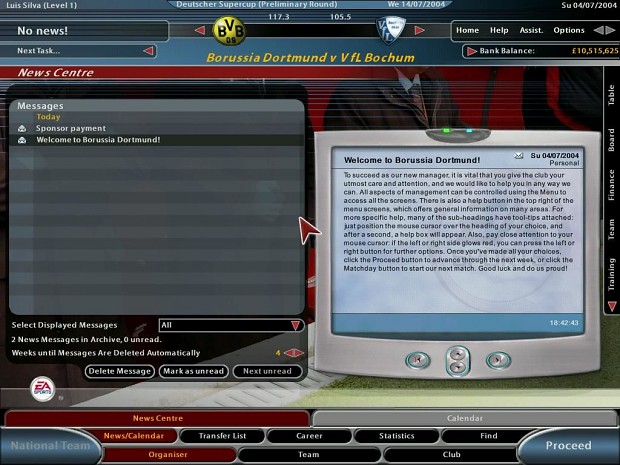

- #Download virtual total manager how to
- #Download virtual total manager install
- #Download virtual total manager update
- #Download virtual total manager registration
- #Download virtual total manager software

#Download virtual total manager install
You can install VMM from a command prompt. If Setup doesn't finish successfully, consult the log files in the %SYSTEMDRIVE%\ProgramData\VMMLogs folder. To open the VMM console, ensure that Open the VMM console when this wizard closes is checked or select the Virtual Machine Manager Console icon on the desktop.Select Close to finish the installation.On the Setup completed successfully page,.The Installing features page appears and displays the installation progress. Review your selections and then select Install. ProgramData is a hidden folder, and you can't remove it.Īfter the VMM management server is installed, you can add library shares and library servers by using the VMM console or by using the VMM command shell. The default library share that VMM creates is named MSSCVMMLibrary, and the folder is located at %SYSTEMDRIVE%\ProgramData\Virtual Machine Manager Library Files. Select whether to create a new library share or to use an existing library share on the computer. Also, don't configure any feature to use port 5986 because that port number is preassigned.

You can't change the ports that you assign during the installation of a VMM management server unless you uninstall and then reinstall the VMM management server. Use the default port number for each feature or provide a unique port number that's appropriate in your environment. Under Distributed Key Management, select whether to store encryption keys in Active Directory or not.Learn more about distributed key management here. You can't change the identity of the VMM service account after installation. Specify the account that the VMM service uses. On the Configure service account and distributed key management page,.You need an account with permissions to connect to the instance. Specify the SQL Server instance name and whether to use an existing or new database.Don't specify a Port value if you don't have a remote instance of the SQL Server or if you've a remote SQL Server that uses the default port (1443).If the SQL Server is in a cluster, enter the cluster name.If you're installing the VMM management server on the same computer that's running the SQL Server, then in the Server name box, either enter the name of the computer (for example, vmmserver01) or localhost.If you're using a remote SQL instance, specify the name of the computer that's running the SQL Server.
#Download virtual total manager how to
If the computer doesn't meet a prerequisite, a page that contains information about the prerequisite and how to resolve the issue appears.
#Download virtual total manager software
The setup program checks the computer on which you're installing the VMM management server to ensure that the computer meets the appropriate hardware and software requirements. Use the default path or type a different installation path for the VMM program files, and then select Next. Review Microsoft's data collection policy and how to disable data collection and then select Next.
#Download virtual total manager update
If you've already chosen to use Microsoft Update on this computer, the page won't appear. Select whether you want to use Microsoft Update, and then select Next. Review Microsoft's data collection policy and how to disable data collection. Review the license agreement, select the I have read, understood, and agree with the terms of the license agreement check box, and then select Next. On the Please read this license agreement page,.If you don't enter a product key, VMM installs as an evaluation version that expires in 180 days after installation.
#Download virtual total manager registration



 0 kommentar(er)
0 kommentar(er)
